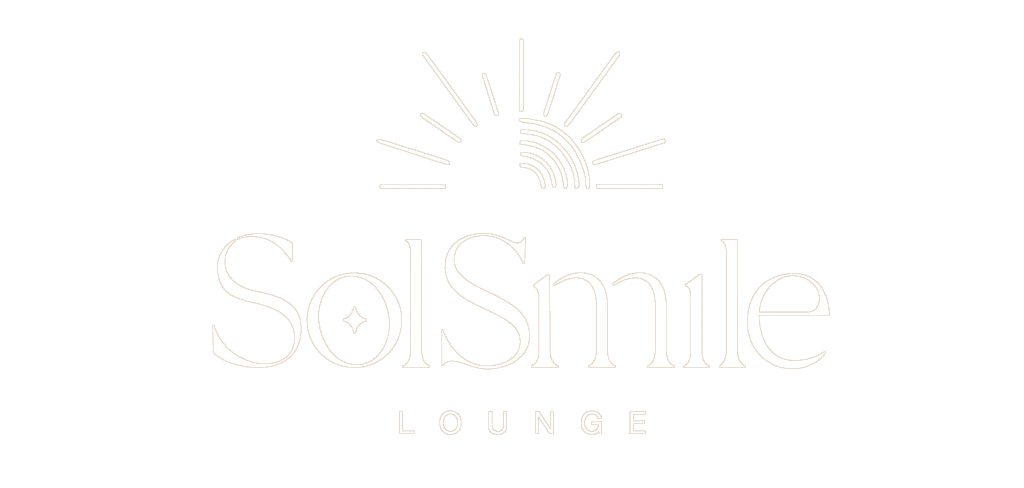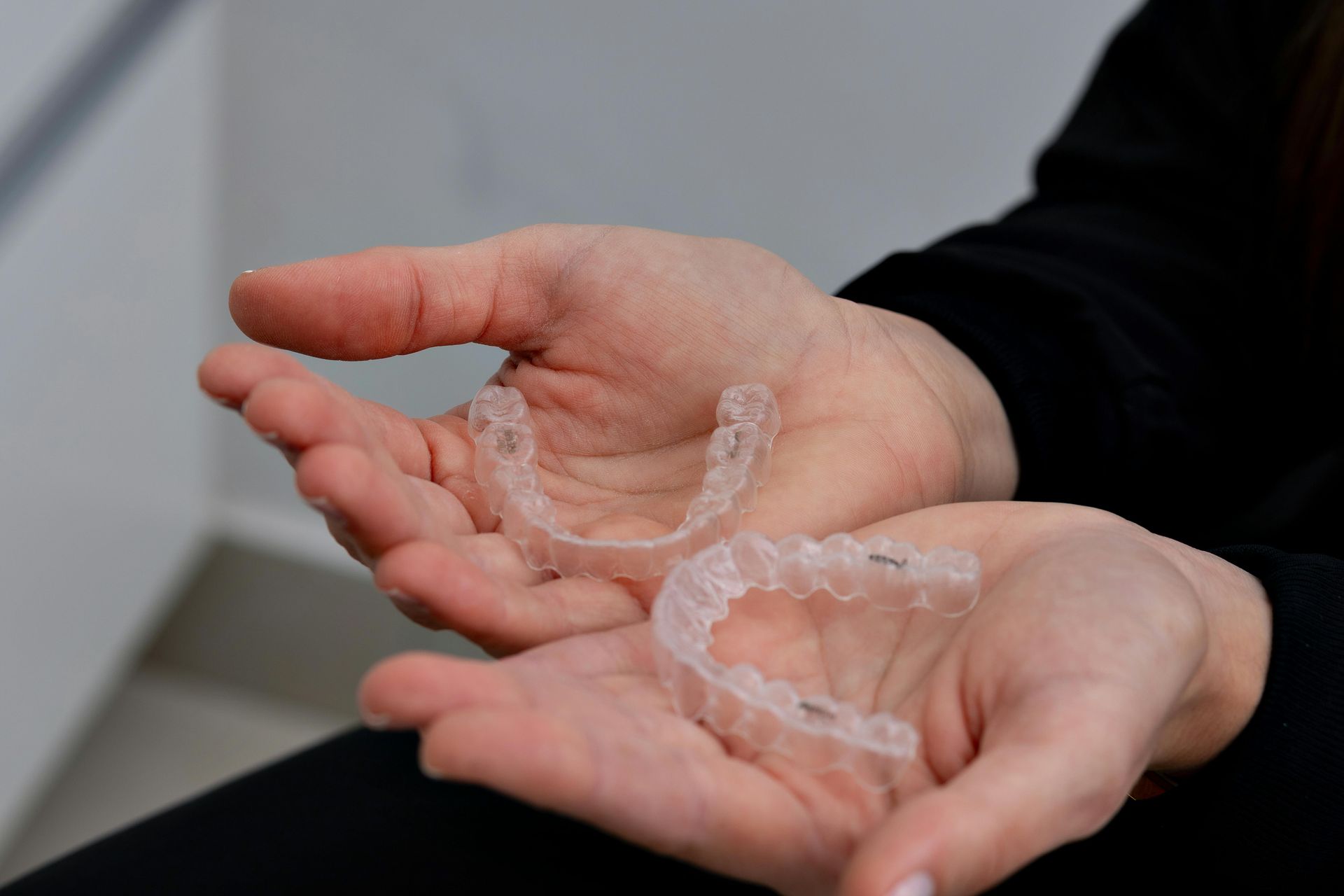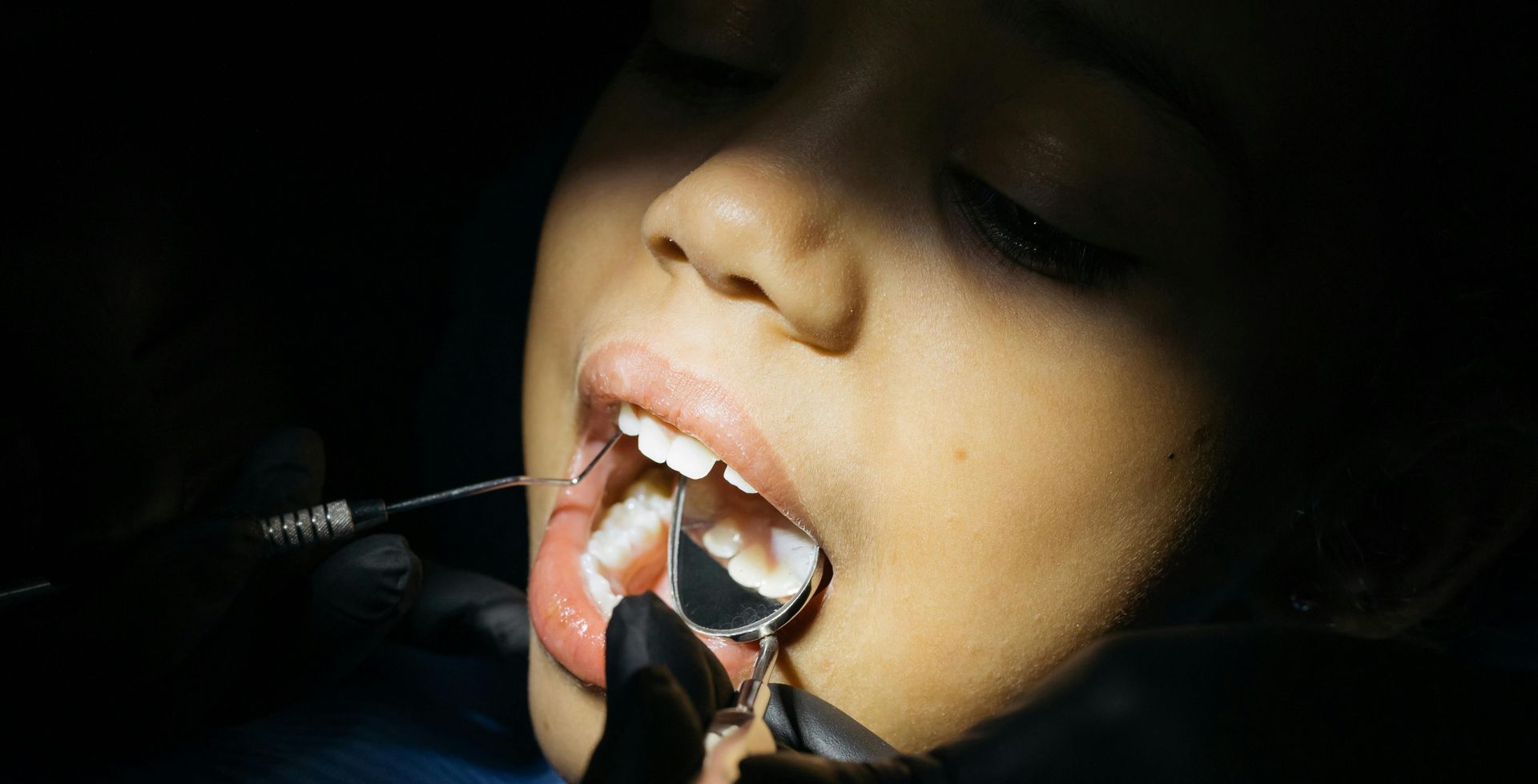Invisalign vs Traditional Braces: Which is Right for You?
To achieve a straighter smile, two popular options dominate the conversation: Invisalign and traditional braces. Both have their strengths, but the right choice depends on your unique orthodontic needs, lifestyle, and priorities. This guide looks at the benefits and drawbacks of Invisalign and traditional braces. This will help you make a smart choice.
Understanding Invisalign and Traditional Braces
- Invisalign: A modern, nearly invisible solution, Invisalign uses clear plastic aligners to gently shift teeth into place. We replace these custom-made trays every 1–2 weeks.
- Traditional Braces: Metal braces have brackets attached to your teeth. Wires link these brackets. Your orthodontist adjusts these wires regularly.
Pros of Invisalign
Aesthetic Appeal:
Invisalign aligners are clear. This makes them a good choice for teens and adults. They help avoid the obvious look of metal braces.
Comfort:
Without wires or brackets, Invisalign reduces the risk of mouth irritation. The aligners are smooth, so they’re less likely to cause discomfort.
Removability:
You can remove the aligners when you eat or brush and floss your teeth. This keeps your mouth clean and lets you enjoy your favorite foods freely.
Convenience for Adults:
Invisalign is popular among working professionals and people in public jobs. They prefer this low-profile treatment option.
Cons of Invisalign
Discipline Required:
Invisalign must be worn 20–22 hours per day for effectiveness. Forgetting to wear them consistently can delay treatment.
Cost:
Invisalign can be more expensive than traditional braces, especially for complex orthodontic cases.
Limited for Severe Cases:
While effective for many alignment issues, Invisalign may not be suitable for severe bite problems or extensive tooth movement.
Pros of Traditional Braces
Effective for All Cases:
Braces can correct severe misalignments, complex bite issues, and teeth that need substantial movement.
No Need for Compliance:
Unlike Invisalign, braces are fixed in place, ensuring consistent treatment without relying on patient discipline.
Variety of Options:
Modern braces now come in less noticeable designs, such as ceramic braces or lingual braces (placed behind the teeth)
Durable and Reliable:
Traditional braces are sturdy and capable of handling more significant orthodontic challenges. They do not need replacement trays or adjustments. This makes them a good choice for kids and teens.
Cons of Traditional Braces
Noticeable Appearance: The metal brackets and wires are easier to see than Invisalign aligners. This can worry people who want a more discreet treatment.
Dietary Restrictions: With traditional braces, you should avoid certain foods. Sticky candies, hard nuts, and crunchy snacks can damage the brackets or wires.
Oral Hygiene Challenges: Brushing and flossing can be harder with braces. This can lead to more plaque buildup and tooth decay if not managed well.
Potential Discomfort: Brackets and wires can irritate your mouth. This is especially true after adjustments. You may feel soreness or get cuts on your inner cheeks and lips.
Choosing the Right Option for You
Consider Your Orthodontic Needs:
If you have minor to moderate alignment issues, Invisalign might be sufficient. However, for severe cases or complex bite problems, traditional braces may be the better choice.
Lifestyle and Preferences:
For adults and teens who value aesthetics and flexibility, Invisalign is a popular choice. Those who prefer a “set it and forget it” approach may find traditional braces more suitable.
Budget:
While costs vary, Invisalign tends to be more expensive than traditional braces. Be sure to consult your dentist at SolSmile Lounge for a detailed estimate and potential payment plans.
Commitment to the Process:
If you’re disciplined and committed to wearing aligners consistently, Invisalign can work well. If not, traditional braces ensure consistent treatment without relying on your habits.
Final Thoughts
Both Invisalign and traditional braces have their pros and cons, and the best choice depends on your unique needs and goals. Consulting with an experienced orthodontist is the first step to determining the right treatment for you. They can assess your case, discuss your options, and help you achieve the smile you’ve always wanted.
Getting a straighter smile is worth it. You can choose the easy option of Invisalign. Or, you can go with the reliable choice of traditional braces.









